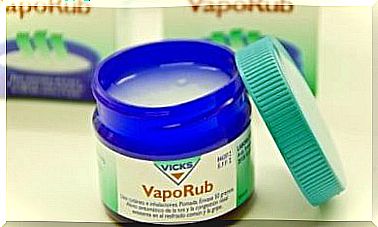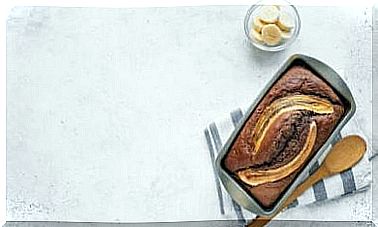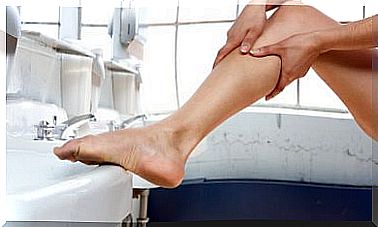7 Ways To Increase Your Fiber Intake And Fight Constipation
Find out how to increase your fiber intake to fight constipation. We’ll tell you which eating habits are best to adopt to solve this problem.

Constipation is a fairly common condition. Sedentariness, lack of regular exercise, pre-cooked meals, and a diet low in vegetables and fruits are some of the possible causes. If you are constipated, read on. We’ll tell you how to increase your fiber intake to relieve constipation.
This is how you can increase your fiber intake

First of all, it can be difficult to pinpoint exactly what constipation is because bowel movements vary from person to person. For some people it is normal to have a bowel movement several times a day, while others find it normal to only have it every other day.
So what is constipation?
Basically, constipation is when a person is having a hard time going to the bathroom. This happens because the colon has absorbed a large amount of water and the stool has become hard.
In some cases, constipation can be chronic. That said, it is a disease that interferes with daily life and can lead to hemorrhoids or diverticulitis. In other cases it occurs only occasionally, e.g. B. through changes in the daily routine, pregnancy, menopause or stress, to name just a few possible causes.
Some of the best ways to avoid this are eating a high fiber diet, consuming at least two liters of water a day, and exercising.
7 tips for increasing your fiber intake
One of the best ways to prevent constipation is to increase your fiber intake. According to the latest information from the World Health Organization, you should consume 40 grams of fiber a day.
So how can you make sure that you meet your needs?
1. Increase fiber intake: Include vegetables in all of your meals

It’s not as difficult as you might think at first. The goal is to have vegetables with at least three of your meals. (That includes snacks!) Keep in mind that vegetables are high in fiber, especially when raw. That is why we advise you to incorporate salads and vegetables into all of your dishes.
Here are some ideas:
- Leaf and carrot salad
- Stewed broccoli with garlic
- Boiled beetroot
- Stuffed artichokes with vegetables
- asparagus
- fried Champignon
- baked pumpkin
- spinach-quiche
The list could go on forever!
2. The best dessert you can choose is fruit
Forget about ice cream, cakes, and pastries. The best dessert is always fruit. So save candy for special occasions. Note that the food pyramid allows for moderate consumption of sweets no more than twice a week.
3. Eat healthy snacks
Much has been said about snacking and we always hear the same thing: no snacking between meals! But if we’re honest, many of us don’t stick to this rule very consistently!
If you need a snack between meals, avoid eating cookies or bread. Choose fruits and vegetables instead! The options are numerous and very healthy:
- Apples
- Bananas
- Peaches
- Mandarins
- Plums
- Pears
- Figs
- Berry
- Baby carrots
- Sliced vegetables
4. Increase fiber intake: Include more nuts in your diet
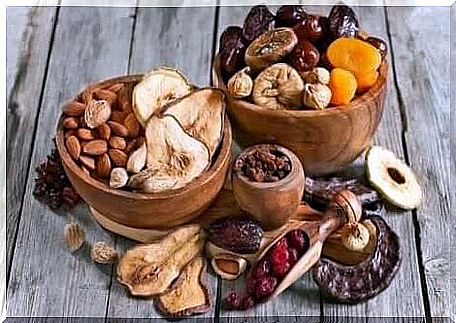
A handful of nuts can be just what you need to add more fiber to your diet. The nuts and dried fruits with the highest fiber content include:
- Pistachios
- Raisins
- Almonds
- nuts
- Hazelnuts
- Macadamia nuts
- Dates
- Cashews
- Sweet chestnuts
5. Use seeds to add a crisp note to your salads
Have you ever tried a salad with seeds? It tastes great and is also a great way to increase your fiber intake! Don’t hesitate to add chia, pumpkin, or sesame seeds.
6. Eat legumes regularly to increase your fiber intake
Legumes are high in fiber, so eating them at least a few times a week is beneficial. Lentils stand out at 11.7 grams per 100 grams, as does soybeans at 15.7 grams per 100 grams.
But these aren’t the only options you can choose from. By and large there are:
- Beans
- Chickpeas
- lenses
- Soybeans
- Peas
7. Choose whole grains
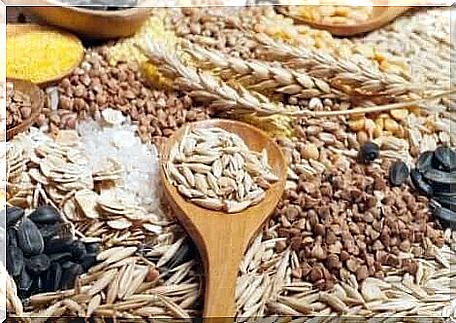
Few of us can resist bread, rice, or pasta. So why not take advantage of these foods to increase your fiber intake? We recommend that you always opt for the whole grain variants, as these contain the fiber that is lost during refining.
Some ideas are:
- oats
- Whole grain bread
- Bread with bran
- Whole wheat pasta
- Brown rice
- Whole Wheat Wheat
- Homemade popcorn without additives
Eat healthier
Here are some simple changes you can make in your daily diet to increase your fiber intake. Write them down and stick them on your fridge!
| Instead of… | Better eat … |
| White bread | Whole grain bread |
| White rice | Brown rice |
| Potato Chips | Homemade popcorn |
| Cookies | An Apple |
| fruit yoghurt | Natural yogurt with fruits and nuts |
| orange juice | Orange slices |
| Sugary breakfast cereals | Oatmeal with raisins |
| Potato Chips | Salad with carrots, mushrooms and seeds |
Changing your eating habits takes willpower. Consult your doctor to find out how much fiber to eat each day based on your individual needs. They can help you create a weekly meal plan based on your physical condition and medical history.






